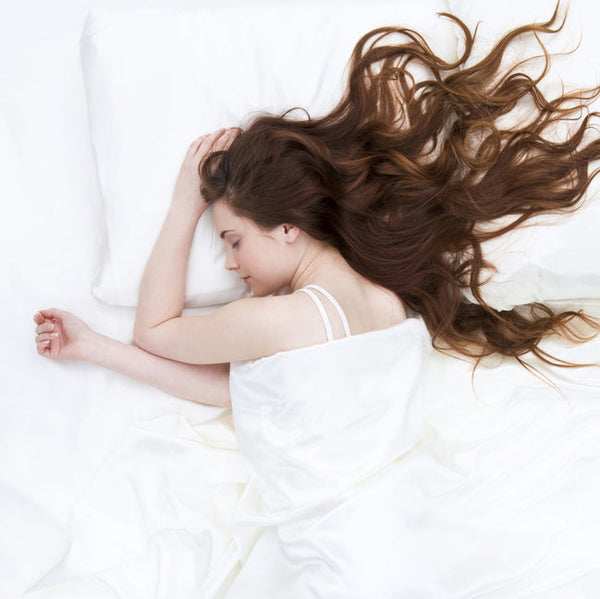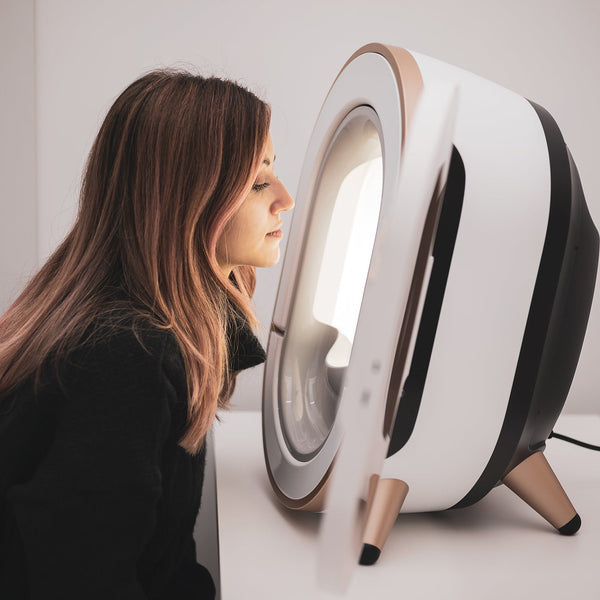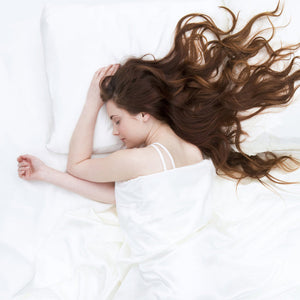Inflammatory Conditions of the Skin and Their Management

There are many types of skin inflammation that we, as estheticians, observe on a daily basis while treating our clients. Some may be mild, brought on by extrinsic factors, and come and go with time. Other types of inflammation are chronic and may interfere with our clients enjoying their daily lives. The management and treatment of these inflammatory conditions vary depending on their underlying causes, severity, and individual factors, and if we as estheticians are not able to treat them, it is essential to refer the client to a dermatologist for a proper diagnosis and treatment plan.
Skin inflammation is a condition characterized by redness, swelling, itching, discomfort, and sometimes pain. The inflammatory condition may be brought on by a variety of factors, including allergic reactions, irritants, infections, autoimmune disorders, and other underlying skin conditions. The most common types of skin inflammation include contact dermatitis, atopic dermatitis (eczema), and acne.
Contact Dermatitis
Contact Dermatitis is a type of inflammation that occurs when the skin encounters an irritant or allergen. It can result in erythema and scaling with visible borders. There are two main types of contact dermatitis:
Irritant Contact Dermatitis is the most common type of contact dermatitis and is caused by non-immune-modulated irritation of the skin by a product. Some of the most common irritants include soaps, detergents, cleaning products, solvents, and chemicals. The severity of irritant contact dermatitis may vary depending on the strength and duration of contact with the particular irritant.
Allergic Contact Dermatitis is a delayed hypersensitivity reaction to a specific allergen. Common allergens include certain metals (like nickel), latex, fragrances, preservatives in cosmetics, and some plants like poison ivy. The first exposure to the allergen sensitizes the skin, and subsequent exposures can lead to an allergic reaction.
Small lesions of allergic contact dermatitis are successfully treated with mid- or high-potency topical steroids, such as hydrocortisone or clobetasol, and an oral antihistamine. If allergic contact dermatitis involves an extensive area of skin (greater than 20%), systemic steroid therapy is often required and offers relief within 12 to 24 hours.
Atopic Dermatitis (Eczema)
Eczema is a chronic condition characterized by dry, itchy, and inflamed skin. It can appear as red patches, blisters, or scales and is often triggered or aggravated by allergens and irritants. This condition affects primarily children and young adults, it is estimated that 10 percent of the U.S. population are eczema sufferers. Unfortunately, frequently, children with eczema tend to have additional allergic conditions such as rhinitis, asthma, and food allergies. According to recent studies, approximately 9.6 million children in the United States have eczema, and one-third have moderate to severe disease. In babies and children, eczema is commonly seen on the scalp, cheeks, the outer parts of the elbows and the knees. In adults, eczema typically manifests on the neck, hands, and feet, arms, and the back of the knees.
The condition is commonly triggered by certain fabrics, harsh soaps, perfumes, and environmental factors like extreme temperatures. Stress may also play a role in eczema flare-ups. The treatment of eczema is dependent on the severity of the condition, and while there is no cure, there are several effective strategies for managing and treating its symptoms. Since Atopic Dermatitis is very individual, there is no one proven treatment, but patients tend to react positively to topical calcineurin inhibitors like pimecrolimus (Elidel) for mild to moderate or tacrolimus (Protopic) for moderate to severe eczema. Calcineurin inhibitors block calcineurin, a protein that contributes to the inflammation in atopic eczema. These drugs work by weakening the skin's immune system, thereby decreasing the allergic reaction and relieving the eczema. My own toddler struggles with eczema, and she has been prescribed a Crisaborale ointment, which works by reducing swelling, redness, and itching associated with eczema.
A dermatologist or allergist may suggest colloidal oatmeal baths, as well as bleach baths to soothe itching and relieve the discomfort associated with eczema. The bleach bath is made by filling the tub with lukewarm water and adding 1/2 cup of household bleach for a full standard-size bathtub of water (approx. 40 gallons). It’s best not to exceed 10 minutes of soak-time, and bathers should avoid the bleach’s contact with eyes.
Acne
Acne may be considered a form of skin inflammation. It is a common skin condition involving inflammation of the sebaceous glands which typically manifests as papules, blackheads, whiteheads, cysts, and pustules. Acne has many different causes, depending on the individual, and its treatment plan will also vary. In addition to possibly being hereditary, acne may also have its roots in poor hygiene, a compromised barrier, bad cell turnover, underlying health issues, hormones, and diet.
Acne commonly starts when hair follicles become clogged with oil and keratinocytes. This leads to the formation of comedones, which can become inflamed due to the presence of bacteria, especially cutibacterium acnes. The body's immune system responds to this bacterial invasion by triggering an inflammatory response. Examples of inflammatory acne include papules (small, red, raised bumps), pustules (pus-filled bumps), and cysts (large, painful, inflamed lumps) which are all characterized by varying degrees of skin inflammation. Inflamed acne lesions release pro-inflammatory cytokines, which contribute to redness, swelling, and tenderness in the affected area.
Non-inflammatory acne consists of comedones, both open (blackheads) and closed (whiteheads). While these types of acne lesions are not actively inflamed, they can progress to become inflamed if bacteria proliferate in the follicles.
Managing acne often involves both over-the-counter and prescription treatments that target the inflammation, such as topical retinoids, products containing salicylic acid, benzoyl peroxide, and other anti-bacterial and anti-inflammatory agents. Devices such as high-frequency machines and blue light LEDs are also proven effective treatments for acne and are commonly used in esthetic practices. It's essential to approach acne management and treatment under the guidance of a licensed esthetician, as they can recommend the most appropriate treatment based on the severity and type of acne, as well as individual factors like skin type and medical history.









